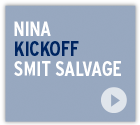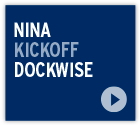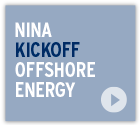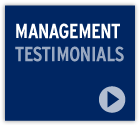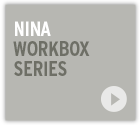NINA at Work articles
- Number 2 / 2024
- Number 1 / 2024
- Number 2 / 2023
- Number 1 / 2023
- Number 3 / 2022
- Number 2 / 2022
- Number 1 / 2022
- Number 3 / 2021
- Number 2 / 2021
- Number 1 / 2021
- Number 1 / 2020
- Number 4 / 2019
- Number 3 / 2019
- Number 2 / 2019
- Number 1 / 2019
- Number 4 / 2018
- Number 3 / 2018
- Number 2 / 2018
- Number 1 / 2018
- Number 6 / 2017
- Special edition / 2017
- Number 4 / 2017
- Number 3 / 2017
- Number 2 / 2017
- Number 1 / 2017
Media Library
TestimonialVideosNews Items
WRECK REMOVAL OF THE TS TAIPEI
Craig Erasmus (Project Manager) and his team have been working on the wreck removal of the TS Taipei, a container vessel that grounded on a rocky seabed off the north coast of Taiwan, and subsequently broke into two sections. They discharged remaining containers, and cut and lifted the accommodation block and main engine from the wreck. Finally the two sections were refloated and delivered to shore for further scrapping.
WHAT WERE THE MOST IMPORTANT RISKS INVOLVED
“Both sections of the vessel were aground with an angle of list, whereby merely walking from one end to the other was extremely challenging. Most areas on board were polluted with oil, therefore posing a slipping hazard to all. We were working in confined spaces, where visibility was severely hampered due to the lack of adequate lighting and contaminated oily water. Other operations involved heavy lifting and cutting works. And the salvage team was divided into smaller teams, whereby simultaneous work was being performed on both sections. So careful planning was required.”
WHAT MITIGATING MEASURES WERE TAKEN?
“For each operation we discussed in detail the personnel and equipment needed. For example: when we completed the pre-cutting works on the accommodation block (prior to cutting with chain and lifting with the SMIT Cyclone), due to the aft ship already being in a state of peril with no onboard vessel systems in operation, we needed to create an environment whereby we could work safely. We implemented our own independent fire-fighting system.”
WHAT IS YOUR EXPERIENCE WITH SUBCONTRACTORS?
“They can be your biggest headache. Depending on where you operate in the world, their standard of safety varies. As we have an obligation to ourselves and to our client to perform our works to the highest of standards, we cannot simply ignore our subcontractors. For example: during crane operations, we would place one of our own men in the crane housing together with the crane driver, whereby we could maintain safe and proper communications with our team working with the load.”
WHAT IS THE ADDED VALUE OF NINA IN THIS PROCESS?
“In Salvage a person’s ‘behaviour’ has always been a key element. We are trained to look after ourselves and our colleagues. This is what unites the team and creates a true sense of synergy. The added value of NINA is that it stimulates thoughts amongst everyone, from supervisor to junior diver. NINA creates an environment allowing him/ her to raise a question or discuss or topic without being afraid to do so.”
